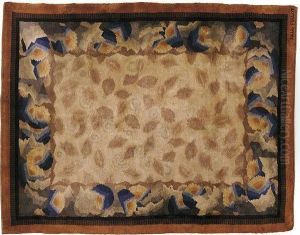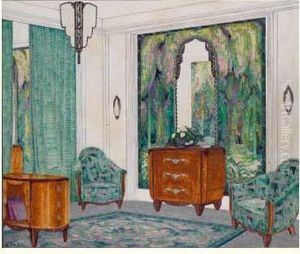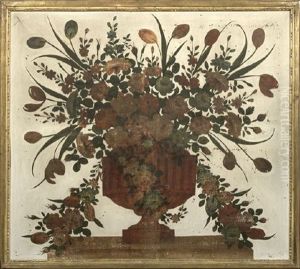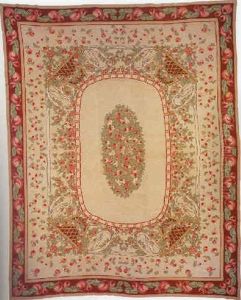Paul Follot Paintings
Paul Follot was a French designer and decorator known for his significant contributions to the Art Deco movement. Born on July 17, 1877, in Paris, France, Follot pursued his passion for the arts from an early age. His early work was influenced by the Art Nouveau style, but he later became one of the pioneers of the more geometric and stylized Art Deco.
Follot began his career as a jewelry designer before expanding into textiles, furniture, and interior design. He was particularly interested in bringing high-quality design and craftsmanship to a wider audience, believing that beauty and functionality could coexist in everyday objects. He became the head of his own atelier, La Maison Moderne, and later worked for the esteemed Parisian firm, La Compagnie des Arts Français, where he continued to promote his vision of luxury and refinement in decorative arts.
During the 1910s and 1920s, Follot's work gained international acclaim, and he was commissioned to design interiors and furnishings for wealthy patrons as well as for public spaces. His designs often featured lavish materials and intricate detailing, yet they remained elegant and balanced, exemplifying the transition from Art Nouveau's organic forms to Art Deco's emphasis on symmetry and order.
Follot's influence extended beyond his own creations. He was a respected teacher and mentor, imparting his knowledge and aesthetic principles to a new generation of designers. He also participated in numerous international exhibitions, including the famed 1925 Paris Exposition Internationale des Arts Décoratifs et Industriels Modernes, which gave the Art Deco movement its name.
Despite the economic challenges of the 1930s and the shift in public taste towards Modernism, Follot continued to work and create. His legacy is one of elegance, craftsmanship, and a dedication to the decorative arts that helped shape the visual culture of the early 20th century. Paul Follot passed away on March 10, 1941, in Sainte-Maxime, France, leaving behind a rich body of work that continues to be celebrated for its distinctive style and enduring beauty.



